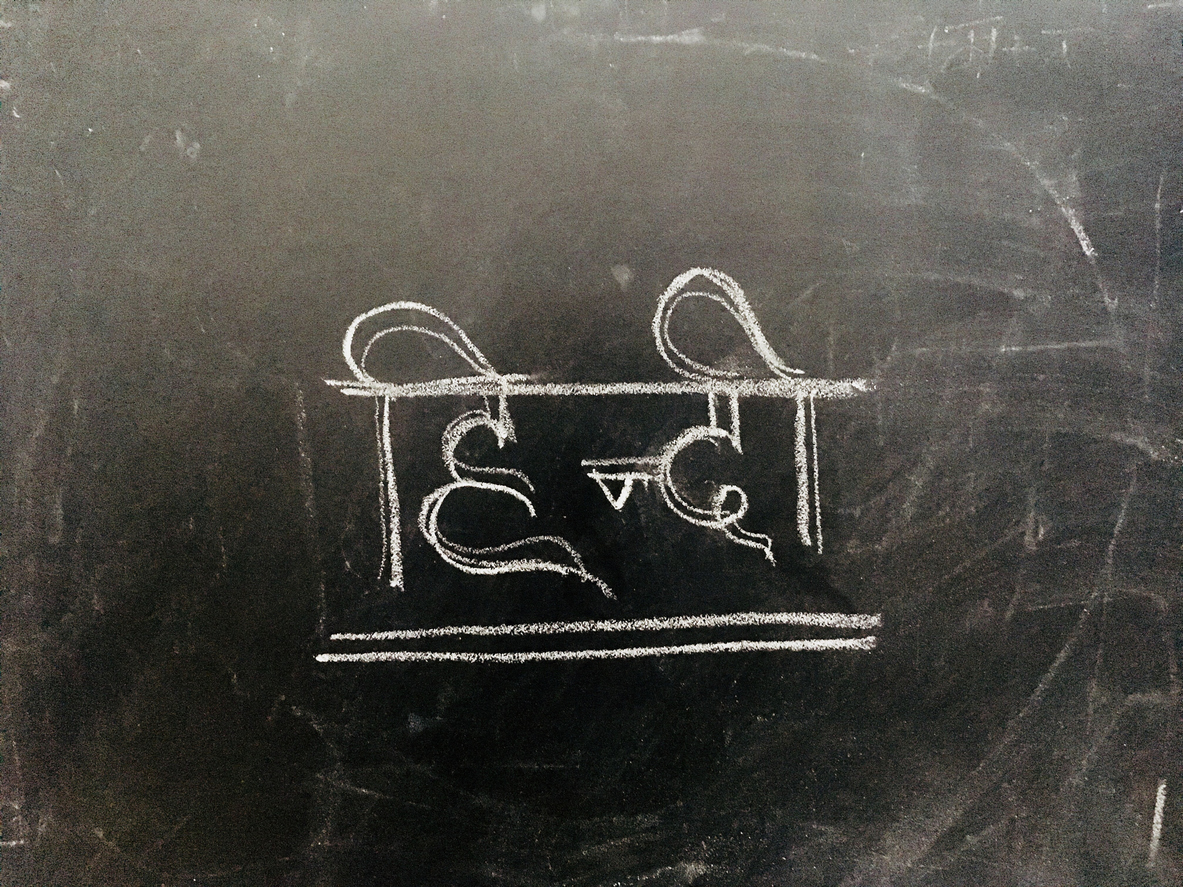
Saffron parivar's public embrace of Hindi a political ploy

There isn’t much difference between BJP’s eagerness to promote Hindi across India and its desire to rile Mamata Banerjee with chants of Jai Shree Ram. For the party that currently runs India’s government, Hindi is part of its dream of achieving what members of its alma mater, the Rashtriya Swayamsevak Sangh, call ‘sanskritik ekatmavad.’
The phrase you just read, and its variation of ‘ekatma manavvad’ propagated by Sangh ideologue Deen Dayal Upadhyaya, might sound gobbledygook to a majority of Indians. Its English translation, ‘cultural unity’, would perhaps be more effective at conveying the point but for the saffron brigade’s predilection for using highfalutin jargon that sounds steeped in India’s cultural history. But, in lay man — samanya manaviya for chaste Hindi enthusiasts — sanskritik ekatmavad has three basic arguments: Hindi is India’s national language—rashtrabhasha, Hinduism is India’s national religion — rashtradharma, and Rama is India’s national god (notice, thus, its use of ‘Jai Shree Ram’ as a war cry in West Bengal).
Together, these three form the basic tenets of the saffron parivar’s idea of Hindutva and its extension — the dream of a Hindu rashtra. A few years ago, to highlight the importance of Hindi in their scheme of cultural things, Sushma Swaraj had argued the language be made official in the United Nations. Swaraj, who was the foreign minister then, was even willing to spend crores of Rupees on the project. Practically, it would have served no other purpose than addressing a handful of its own officers in the UN and patrons back home in their own language, cutting the rest of the world out of the dialogue. But then, that’s the BJP for you.
The public embrace of Hindi is, thus, a political ploy. It is just yet another tool for attempting to impose what the saffron parivar considers a symbol of India’s core culture on the rest of the country. Stripped of this political purpose, the foisting of Hindi as a mandatory language serves no other purpose. The primary purpose of a language is to help people communicate — among themselves and with the government. Since Hindi is limited to a geographic region, the makers of our Constitution adopted the pragmatic approach of retaining it just as one of the many official languages in the country.
For the purpose of communicating with the citizens, they allowed the Centre to use English and states the luxury of their regional language. What this implies is: Indians needn’t learn just Hindi to deal with the government, the functional aspect of a language can be served by the use of English or the relevant regional language too. When it comes to communicating with each other, the argument that Hindi is the lingua franca of India is flawed. Except for Rajasthan, Madhya Pradesh, Bihar and Uttar Pradesh, almost every Indian state has a language of its own. Even in these four states, there is no standard spoken Hindi; regional dialects are more popular in many areas of these so-called Hindi heartland.
In Rajasthan, for instance, the chances of finding someone who can speak proper Hindi in many village is just marginally higher than that of finding someone who can speak English. Conversation in rural areas happens mostly in the dominant dialect that has a fair sprinkling of Hindi words but completely different phonetics, idioms and grammar.
The short point: Hindi may officially the language of nearly 40 per cent Indians but on the ground it is spoken — and perhaps written – by much lesser number of people. Even in the Hindi heartland, English has more commercial and aspirational value, primarily because learning Hindi may be good for the ego of some Hindutva-wadi, for the common man it just doesn’t help you earn a livelihood. Compare, for instance, the cut-off for admission in a course for English with a degree in Hindi literature.
Even in top varsities of north India, not many would be willing to touch Hindi with a bargepole, except those with dreams of writing flowing, flowery poetry. What exactly is the stature of Hindi in its own heartland? Many experts argue that in states where regional languages are the medium for education, people have made more progress compared to states in the Hindi heartland, which are, incidentally, labelled BIMARU.
Compared to them, literacy rates and key indicators of economic progress are healthier in states like Tamil Nadu, Karnataka and Kerala. The correlation between the language of choice and key development indices, however, needs to be established clearly. What we do know is that Hindi is considered inferior in many ways even in its own backyard, underlined primarily by the collective demand for English medium schools even in remote areas and usage of the noun Hindi in some uncharitable idioms as an unflattering verb.
For instance, it is common for people to use “Hindi” as a synonym for insult in the north. You might often hear someone say, “maine uski public mai ‘Hindi’ kardi (I humiliated him in public). Similarly, being labelled a ‘Hindi-medium-type’ is considered a grave Hindi, er, insult. The choice of a language depends on its applicability, acceptability, respectability and commercial value. In a globalised world, unless there is a mad rush some day for people who can write and speak Hindi to make businesses viable and more profitable, Hindi would remain just a commercial pariah, even if its proponents harbour delusions of cultural superiority.
A sound education policy can be successful only if it is futuristic, if it can inculcate tomorrow’s skills today. Hindi as a language of employment is dying—if not already dead. Forcing it on students would just be an exercise in the flawed idea of sanskritik ekatmavad, which, incidentally, could be achieved better by the pursuit of English or any other language that would make Indians compete globally.


